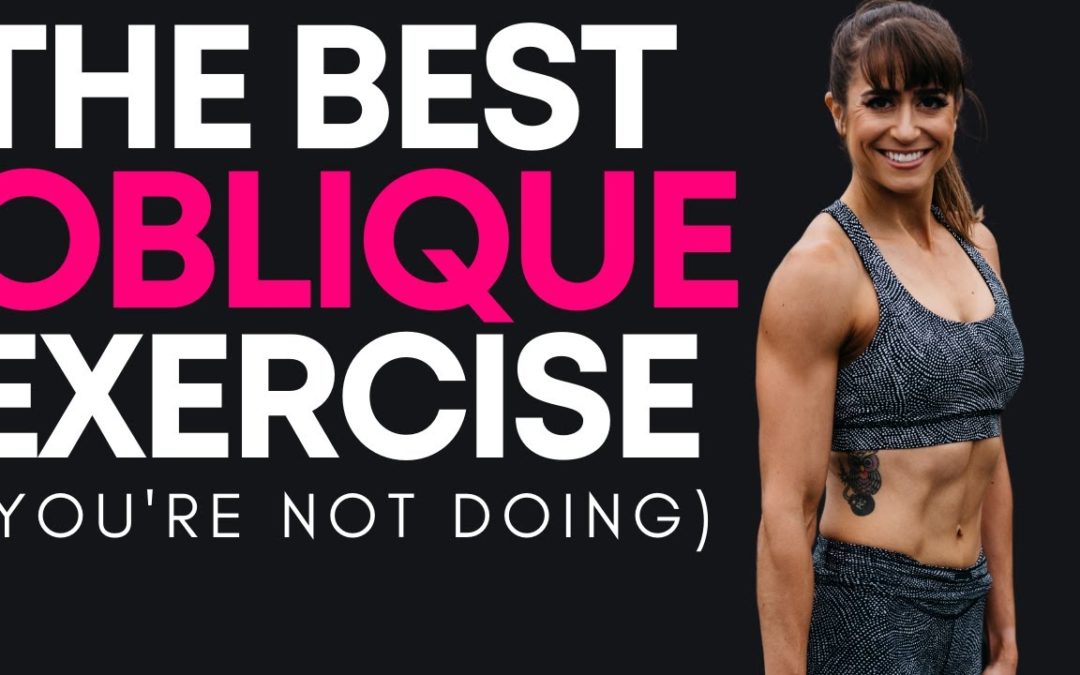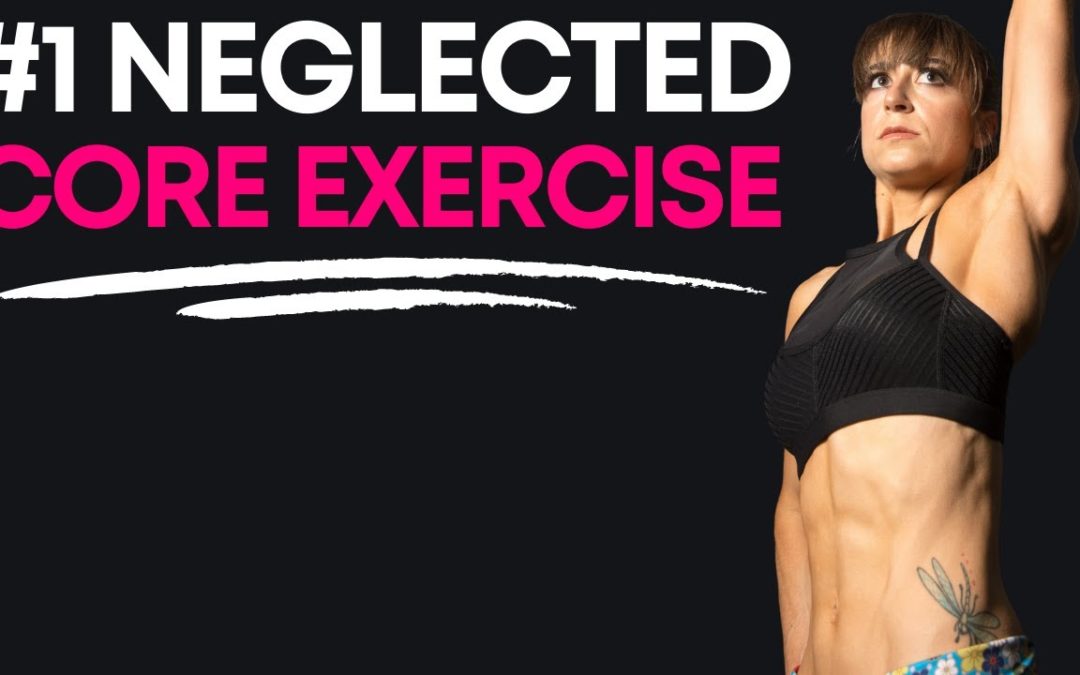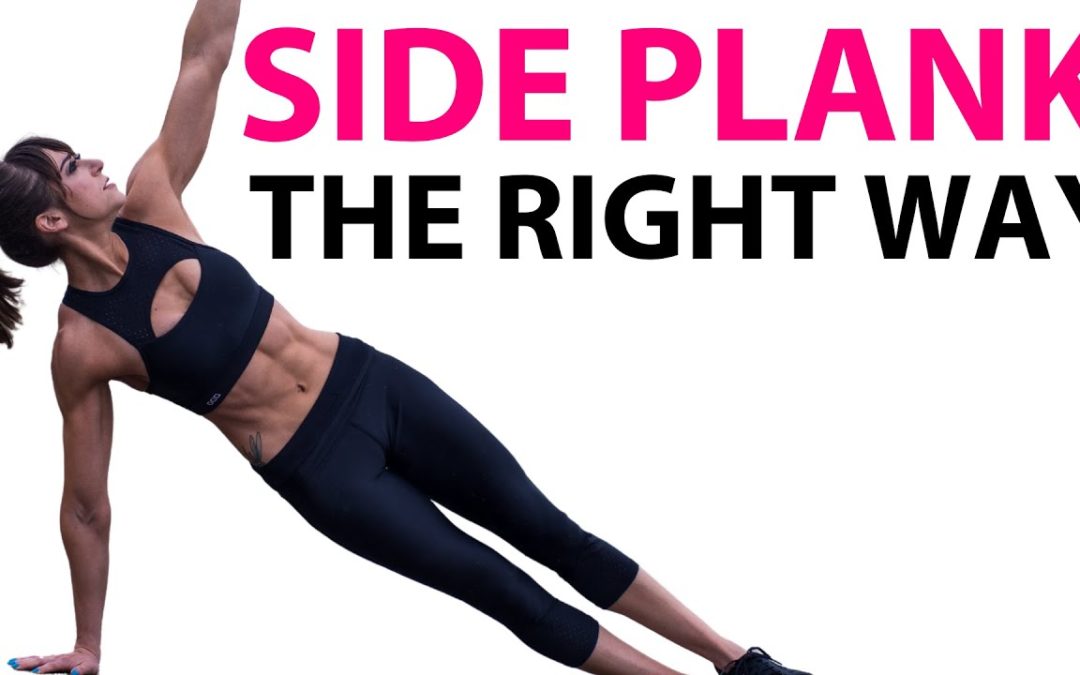
by Cori Lefkowith | Jun 5, 2022 | Blog, Core, Exercises
Whether we want to simply mix things up, or it’s due to injury or health concerns, there are reasons why floor core work may not be right for us. But that doesn’t mean we don’t want to, or can’t, train hard and really challenge our core from all angles. And...

by Cori Lefkowith | Dec 21, 2021 | Blog, Core, Exercises, Functional Fitness, Runner's
A few of the most common moves I see done for oblique work are the Pallof Press, side planks and teapots (love them or hate them…which is a topic for another day). But my favorite is actually a unilateral balance challenge and bodyweight exercise. This move requires...

by Cori Lefkowith | Nov 15, 2021 | Blog, Core, Exercises
Your core is everything from your shoulders to your knees down your frontside and your backside. And when you train your core you want to work in every plane of motion, including both anti-rotational and rotational core work. You want to consider not only how to...

by Cori Lefkowith | Oct 24, 2021 | Blog, Core, Exercises, Pain Relief
Isometrics are key exercises to include in your routine to improve your stability and mind-body connection. They are a great way for you to target underactive muscles and really get them firing correctly. They are a great way to make sure that you’re using muscles...

by Cori Lefkowith | Aug 5, 2021 | Blog, Core, Exercises
A strong core is one that can not only power rotation but also PREVENT IT. So often our core training focuses on rotational moves. Maybe some anti-flexion or extension exercises too… But if you actually want to be able to avoid injury, you’ve got to build a strong,...






